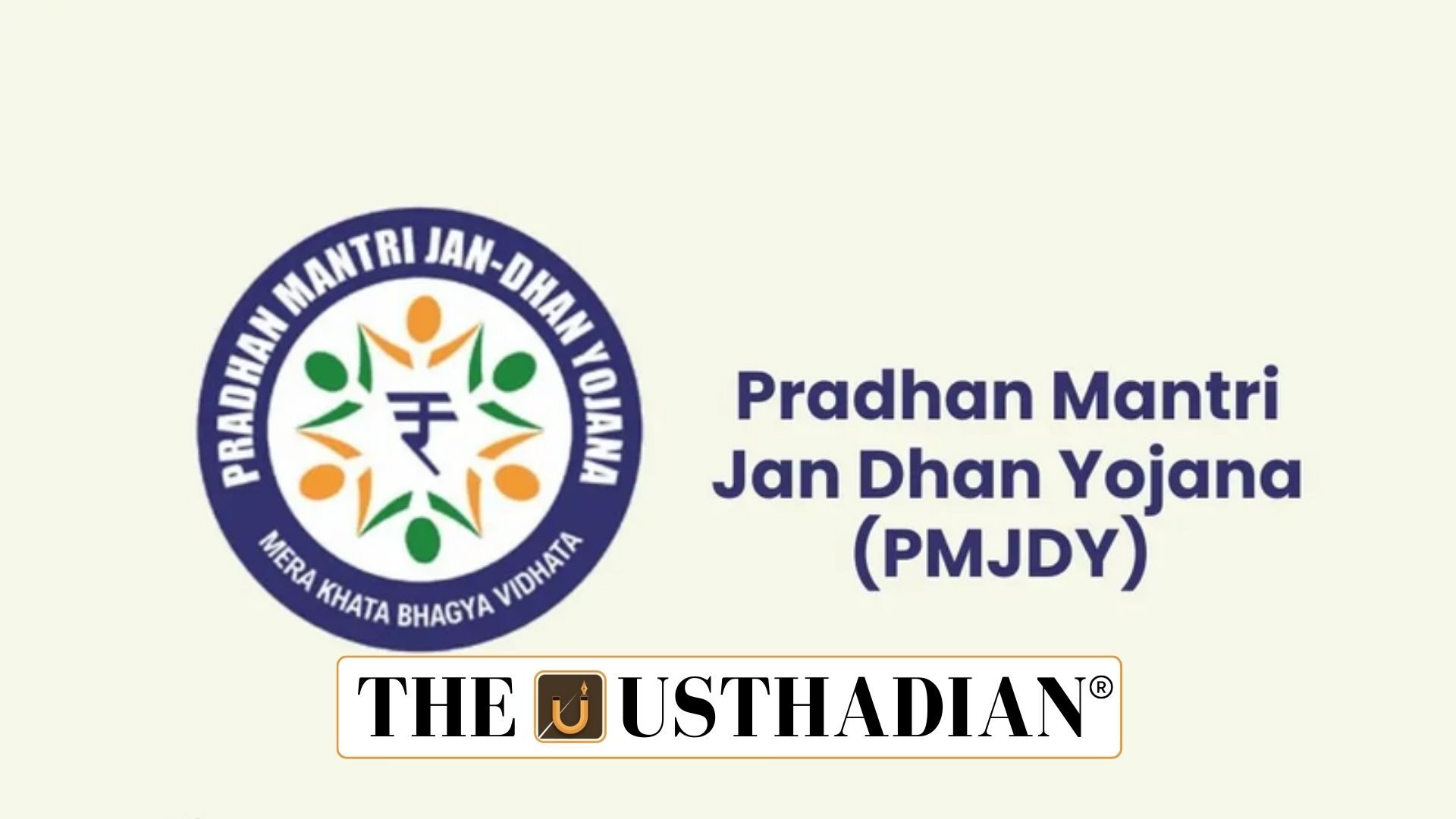A milestone in banking access
PM Jan Dhan Yojana Eleven Years of Financial Inclusion and Empowerment: The Pradhan Mantri Jan Dhan Yojana (PMJDY) was introduced on 28 August 2014 with the vision of bringing every household into the formal banking network. At the time of its launch, access to bank accounts was limited to just over half of India’s households. Eleven years later, the scheme has ensured that almost all families and more than nine out of ten adults now have a functional bank account.
Static GK fact: PMJDY was launched on the eve of Independence Day in 2014 as one of the first flagship welfare schemes of the government.
Growth of accounts and deposits
The programme has seen massive expansion, with more than 56 crore accounts created by 2025. Rural and semi-urban regions make up the largest share, strengthening financial access where it was most lacking. The combined balances in these accounts now stand at over ₹2.68 lakh crore, showing growing trust in the banking system.
Women at the centre of financial inclusion
A major feature of the scheme has been its focus on women, who now hold over half of the total Jan Dhan accounts. This has given women greater independence in managing resources and increased their involvement in welfare schemes and local self-help groups.
Static GK tip: The share of women in India’s labour force participation is about 27%, making financial inclusion initiatives like PMJDY crucial for empowerment.
Digital reach and RuPay adoption
The government has issued over 38 crore RuPay cards to account holders, enabling cashless transactions and connecting rural citizens to digital services. These accounts are no longer used only for deposits but also serve as a base for insurance, pensions, and investment-linked products.
Direct transfers ensuring transparency
The shift to direct benefit transfer (DBT) has eliminated middlemen and leakages in welfare delivery. Subsidies, scholarships, and relief measures are directly credited into beneficiary accounts. This was especially significant during demonetisation in 2016 and the Covid-19 relief measures, when timely payments provided immediate support to vulnerable groups.
Strengthening rural financial services
To extend services to the remotest areas, more than 16 lakh banking correspondents have been deployed as last-mile service providers. Nearly every inhabited village now has access to a banking outlet within five kilometres, ensuring doorstep access to financial services.
Static GK fact: India Post Payments Bank, set up in 2018, has also boosted last-mile connectivity for financial inclusion.
Social security integration
PMJDY accounts have become the entry point for social protection schemes such as:
- Pradhan Mantri Jeevan Jyoti Bima Yojana (PMJJBY): Life cover of ₹2 lakh.
- Pradhan Mantri Suraksha Bima Yojana (PMSBY): Accident cover of ₹2 lakh.
These low-cost schemes provide a crucial safety net to workers in the unorganised sector.
Recognition and impact
India’s achievements in financial inclusion have gained global recognition. The World Bank Findex 2024 report places India’s adult account ownership at 89%, while the NSS 2022–23 survey records it even higher at 94.65%. From a situation of exclusion to near-universal access, PMJDY has reshaped the financial landscape in just over a decade.
Static Usthadian Current Affairs Table
PM Jan Dhan Yojana Eleven Years of Financial Inclusion and Empowerment:
| Topic | Detail |
| Launch date | 28 August 2014 |
| Slogan | Mera Khata – Bhagya Vidhata |
| Total accounts (2025) | 56.2 crore |
| Women account holders | 56% |
| RuPay cards issued | 38.7 crore |
| Banking correspondents | 16.2 lakh |
| Village banking coverage | 99.9% within 5 km |
| Social security schemes | PMJJBY, PMSBY |
| Deposits in accounts | ₹2.68 lakh crore |
| Global recognition | World Bank Findex 2024: 89% account ownership |








